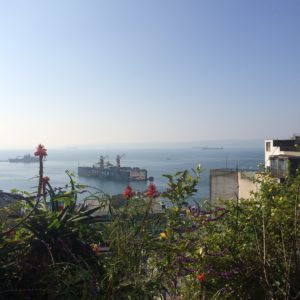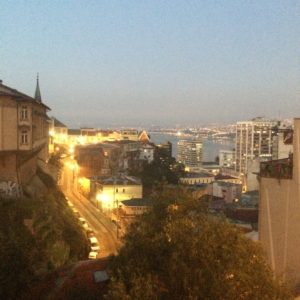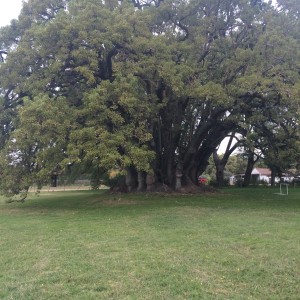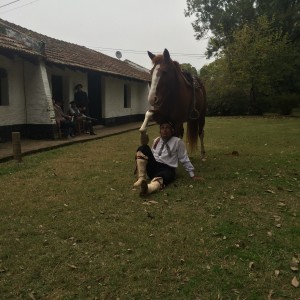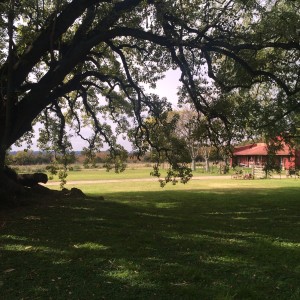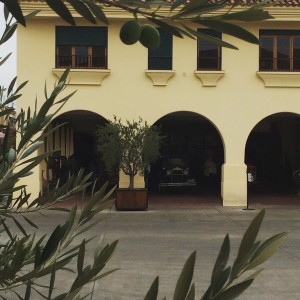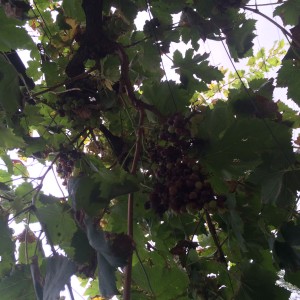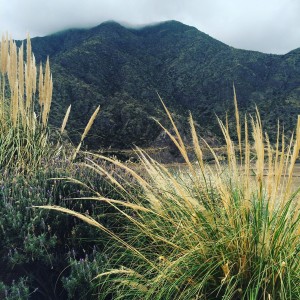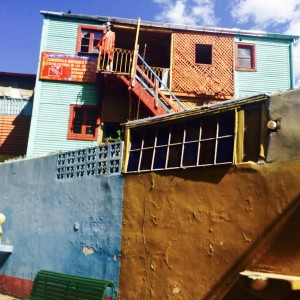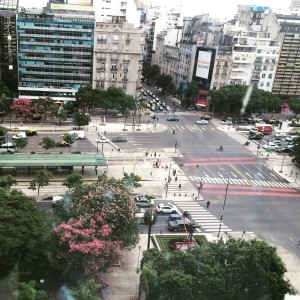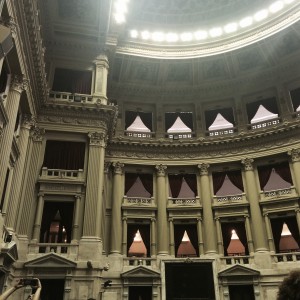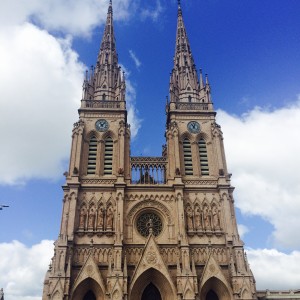The program officially ended June 24 but due to the fact that I studied at a local university, Torcuato di Tella, my stay got extended until July 1. Exams at the university, where I took two classes, weren’t very difficult and honestly di Tella is one of the most organized universities in Argentina. I highly recommend attending that university although it is 45 minutes away from the program headquarters.
Since I booked my departure back home two weeks earlier I decided to visit Chile specifically Santiago and Valparaiso. Santiago, the capital, is vastly different from Buenos Aires with more modern architecture and of course a free-trade economy. Santiago’s nightlife is a bit lacking though, my guide said that was due to the many years of dictatorship in which people were afraid to live freely.
On my second day there I took a ‘Find Waldo’ tours for tips tour. We meet at the Museo de Bellas Artes, which by the way is absolutely gorgeous and free. Our tour guide was a young 20 year old woman who was very helpful and showed us some of the most iconic places in the city. We visited the Moneda, the presidential palace and learned about the history of the dictatorship, a subject I thoroughly studied at di Tella. We also visited the Plaza de Armas, the central square in Santiago, and a couple of neighborhoods.
I spent three days in Valparaiso, a port city protected by the UNESCO and I honestly liked it better than Santiago probably due to the fact that its closer to water. It is a very picturesque and calm city somewhere you can probably retire to. I also to a ‘Find Waldo’ Tour and it was also very informative.
The food especially seafood, something not very good in Argentina is fantastic. While I stayed in Chile I tried to eat as much seafood as possible including ceviche, a seafood dish cooked in lime juice. I also tried chorillana, a typical hangover plate with french fries, caramelized onions, and meat (sausage,beef, and sometimes chicken). The cazuela de vacuna (a soup with meat, potatoes, corn, and pumpkin) is also very delicious, I had it on my last day. It is especially good with the fierce cold weather in Santiago.
Location: Santiago, Chile




